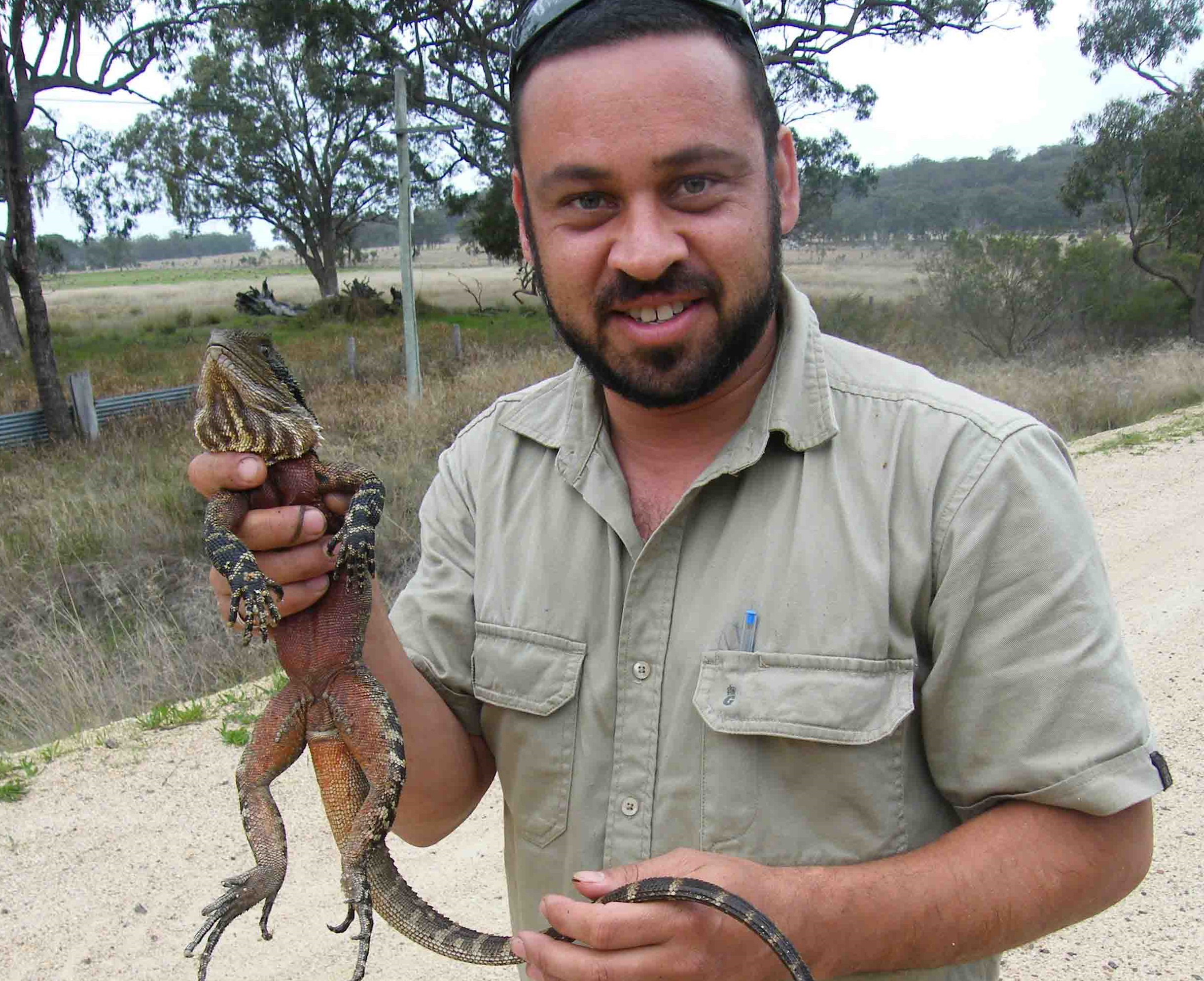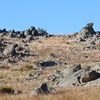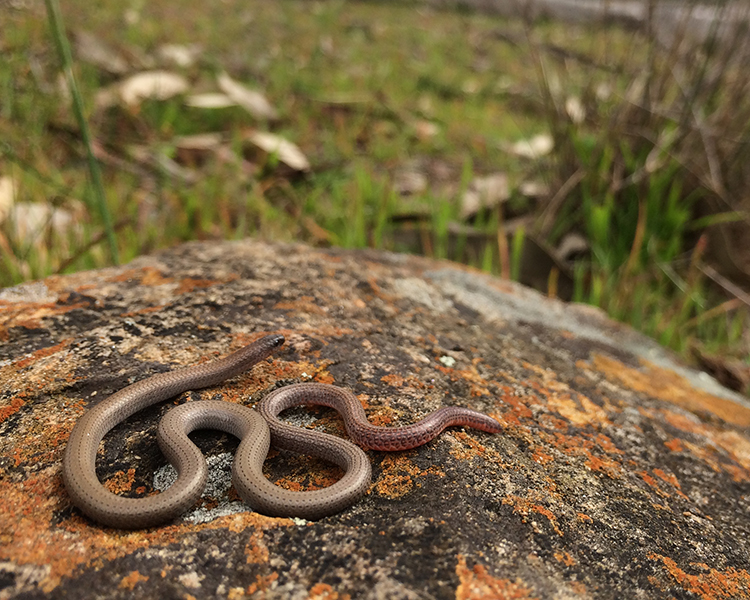
Researcher Profile: Dr Damian Michael
Thursday, 25 May 2017Dr Damian Michael is a strong believer in grass roots change. His work aims to enable landholders and community groups to make informed management decisions based on long-term research and sound science. As a Senior Research Officer at the ANU, Damian has been fortunate to work with over 500 landholders to help conserve threatened species and ecological communities across south-eastern Australia. Here he talks about his upbringing, career and the satisfaction he gets from working with farming communities and volunteer groups.
I was born in England and it was at an early age that I developed a keen interest in wildlife, catching newts from our pond and following fox tracks left behind in the snow. On moving to Australia in the early 1980’s I was fortunate to have an adventurous upbringing. Camping, hiking and rock climbing exposed me to a huge diversity of native creatures.
I knew from an early age that I wanted to work with animals and in the year 2000 I graduated from Charles Sturt University with an Applied Science degree in Ecosystem Management and Ecology. Eagerly anticipating entering the work force as a Parks Ranger, a timely offer of an Honours project rekindled my passion for reptiles. My project involved using artificial substrates to detect threatened snakes and lizards in a threatened grassland community. It’s pleasing to note we now use this method to monitor reptiles across our long-term research programs.
Since joining David Lindenmayer’s research team almost 17 years ago, I have had many rewarding opportunities to work on threatened species and ecological communities. My first role was to work on Leadbeater’s Possum in the central highlands of Victoria, where I ran a series of Earthwatch Camps. These camps involved clients from all around the world and it was during this time that I realised what impact seeing a threatened species for the first time can have on changing people’s mindset and passion for driving environmental change. I take great pride in witnessing volunteers and community groups absorb our conservation messages and then apply them to their own lives or industries elsewhere.
In my current role as a TSR Hub project team leader and researcher I am fortunate to work with local government agencies, Landcare groups and rural communities to tackle biodiversity conservation issues in one of Australia most threatened ecosystems - our Box Gum Grassy Woodlands. Sixteen years ago, we established a major study examining biodiversity benefits of tree plantings on farms. Seeing plantings mature and threatened species return to the landscape is truly an amazing feeling, and reassures my belief in the adage ‘create it and they will return’.
I am encouraged by seeing threatened birds return to formerly cleared landscapes, but I am also conscious of the huge amount of effort invested by landholders and natural resource management agencies to make these changes come to fruition. One of the most rewarding outcomes of my work is forging strong relationships with farming communities, sharing knowledge and adapting science to achieve win-win opportunities.
I see one of my challenges into the future is to promote a deeper appreciation of Australia’s threatened reptiles, a group of animals shrouded by myth and misconceptions. We are doing this by working with landholders to change grazing regimes and protect key habitats such as rocky outcrops.
For further information:
damian.michael@anu.edu.au
Top image: Damian has a close encounter with one of his favourite groups of native animals - reptiles (in this case an eastern water dragon).

